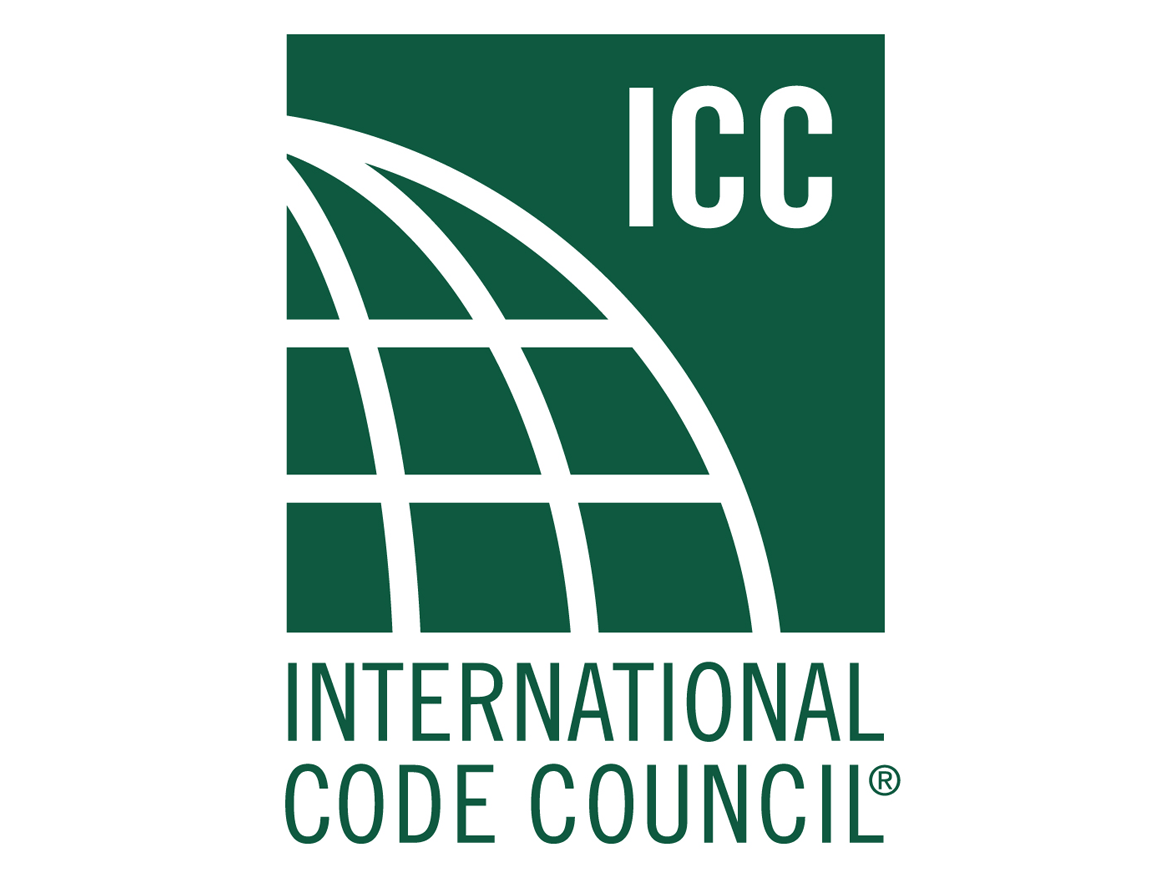Daylighting for Health, Well-being and Energy Efficiency
Harnessing Natural Light to Enhance Occupant Wellness and Reduce Energy Demand
Sponsored by Kingspan Light + Air
There is no audio associated with this presentation.
This course explores how daylighting design can support occupant health, well-being, and energy efficiency in the built environment. Participants will examine the physiological and psychological benefits of natural light, including its impact on circadian rhythms, productivity, and visual comfort. The session will also delve into strategies for optimizing daylight to reduce energy consumption, integrating sustainable design principles to lower lighting loads and HVAC demand. Technical standards such as LEED, WELL, BREEAM, U-Value, SHGC, and Daylight Factor will be reviewed, providing a framework for compliant and high-performance daylighting solutions. Finally, the course will highlight innovative materials and technologies through real-world case studies that demonstrate how thoughtful daylighting design can enhance both comfort and energy outcomes.

KLEO Art Residences, UniQuad® Translucent Wall System, Chicago, IL - Photo © Lee Bay
Kingspan Light + Air is an innovator of high-performance daylighting and ventilation solutions for building envelopes. Our translucent walls, skylights, canopies, and smoke vents are engineered to optimize the role that natural light and air play in the design of your buildings..
Originally published in Architectural Record
Originally published in July 2025
LEARNING OBJECTIVES
- Describe health & wellbeing benefits, circadian rhythms & productivity, and natural light & visual performance
- Analyze strategies for minimizing lighting energy use and daylight utilization for reduced demand
- Identify key systems and specifications including BREEAM, LEED, WELL, U-Value, SHGC, and Daylight Factor concepts
- Evaluate new materials and technologies for daylighting and case studies that enhance energy efficiency & comfort












